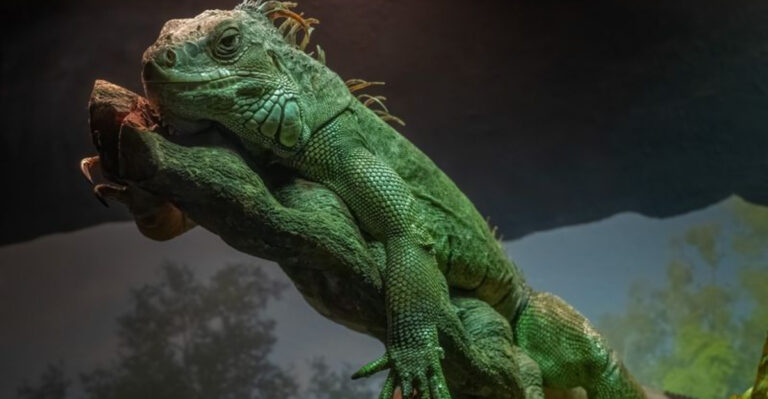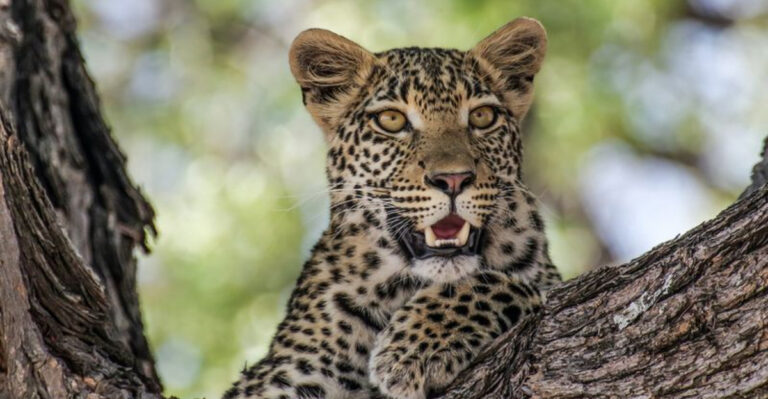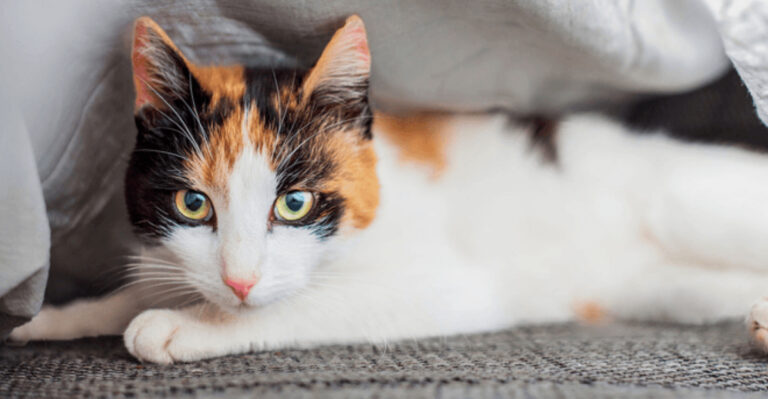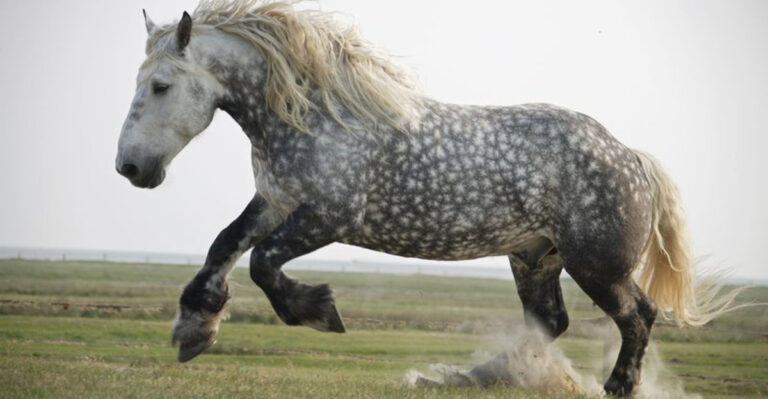17 Key Differences Between Outdoor And Indoor Cats
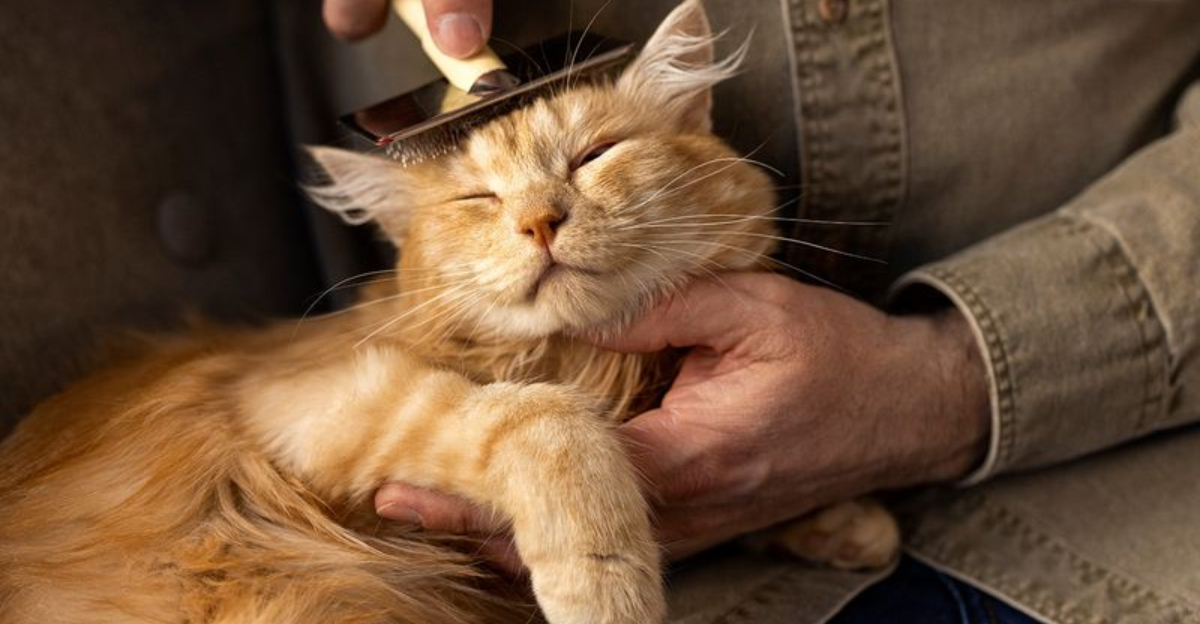
Picture this: a whiskered adventurer scaling fences, darting through the tall grass, while its counterpart lounges regally on a plush pillow, surveying its kingdom from the highest perch.
Such are the lives of outdoor and indoor cats, each leading a life as distinct as a fingerprint. Buckle up for a purr-fect journey through the lives of these enigmatic creatures!
1. Exploration Opportunities
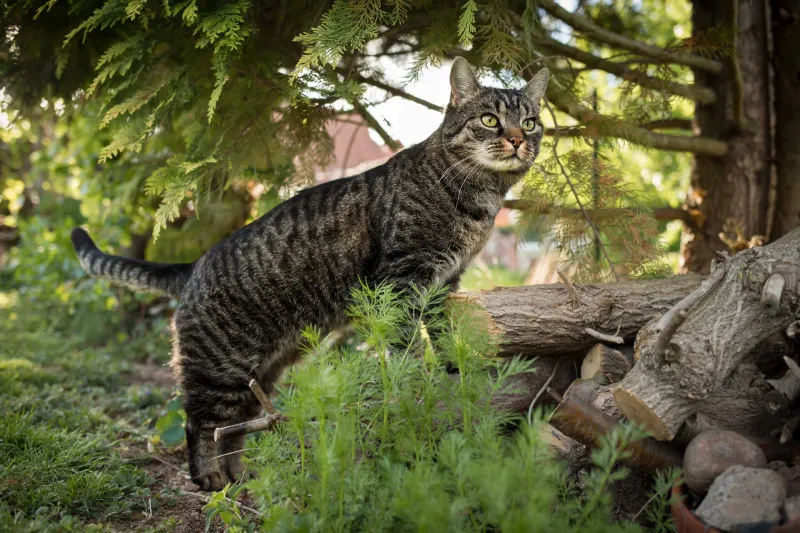
Imagine a world where every bush hides a secret, and every fluttering leaf is an invitation to pounce.
Outdoor cats live in a playground full of sensory delights, where the boundaries of their world are defined only by their adventurous spirit.
With the sky as their ceiling and the earth as their floor, they roam freely, discovering hidden nooks and crannies.
In contrast, indoor cats enjoy a more curated experience. Their exploration may be limited to the living room, but imaginative toys and cozy nooks provide endless entertainment.
2. Safety Concerns

While outdoor cats bask in the thrill of the unknown, they face dangers that their indoor counterparts seldom encounter.
Roads, predators, and environmental hazards lurk in their world, posing risks that can make any cat owner uneasy.
Indoor cats, on the other hand, enjoy a cocoon of safety. The biggest threat they might face is a mischievous tumble from a high shelf.
Their world is controlled and secure, offering peace of mind to those who cherish them.
3. Hunting Instincts
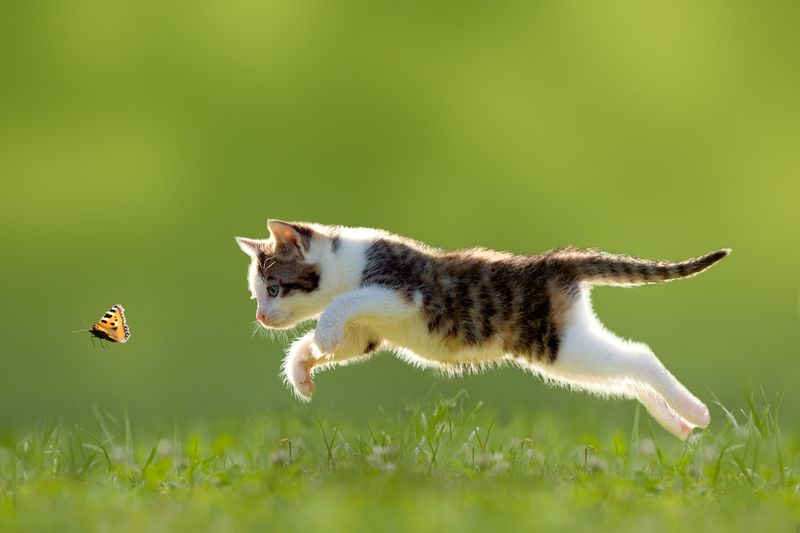
The thrill of the hunt is alive and well in outdoor cats.
Every rustle in the grass is a potential prey, transforming them into miniature tigers on the prowl. This natural instinct is honed by their environment, keeping them agile and alert.
Indoor cats, while deprived of real prey, channel this instinct into play. A feathered toy becomes a worthy adversary, and a dot of light is a mysterious quarry.
Their hunting ground may be a living room, but their chase is no less passionate.
4. Social Interactions
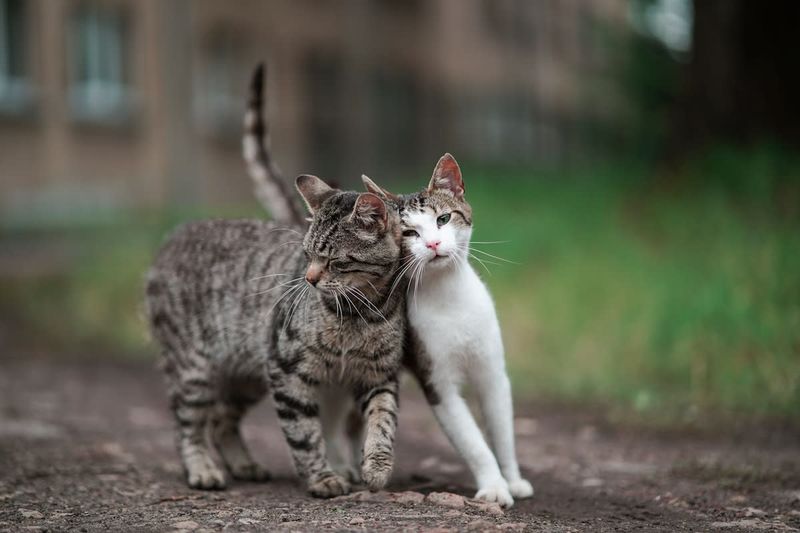
Outdoor cats often lead a social life as vibrant as a city square at rush hour.
Alliances are formed, territories marked, and the occasional spat keeps things interesting. Their social network is vast and dynamic, filled with feline acquaintances.
Conversely, indoor cats may have a more limited social circle, often interacting primarily with their human family.
Their friendships are cozy and familiar, offering companionship without the drama of territorial disputes. It’s a world of purrs and gentle nudges.
5. Health Risks
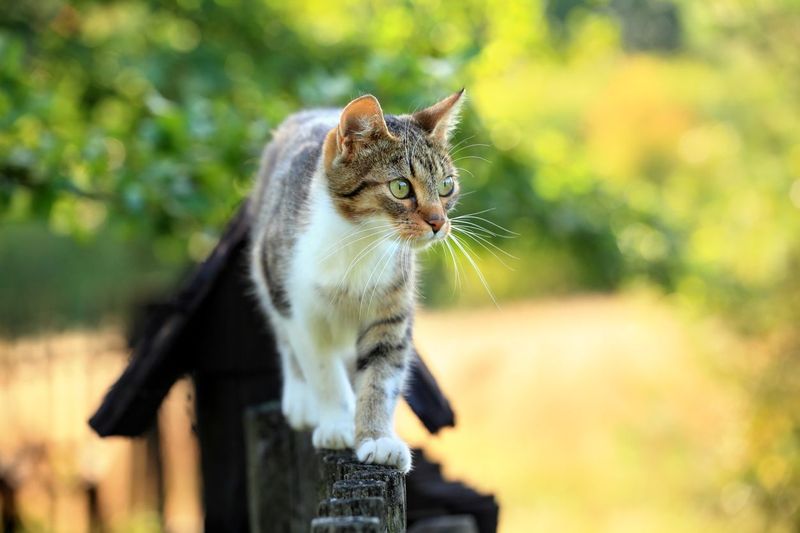
With great freedom comes great responsibility—or rather, risk. Outdoor cats face health challenges like parasites and diseases more frequently than their indoor counterparts.
Their adventurous lifestyle can expose them to hazards that require vigilant care.
Indoor cats enjoy a more sanitized environment, reducing their exposure to health threats. Regular vet check-ups ensure they remain in tip-top shape.
While the excitement of the outside world is thrilling, indoor cats reap the benefits of a safer, healthier lifestyle.
6. Diet And Nutrition
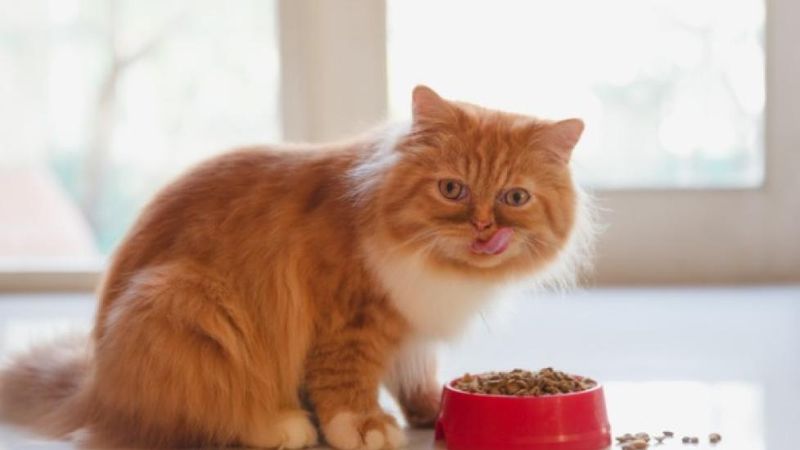
Outdoor cats often adopt a diet as diverse as their environment, snacking on what nature provides. This can include the odd bird or rodent, which offers a natural yet unpredictable nutritional balance.
Indoor cats, however, receive a diet carefully curated by their owners, often consisting of premium kibble and wet food designed to meet all their dietary needs.
This controlled diet ensures they get all the necessary nutrients without the unpredictability of an outdoor feast.
7. Exercise Opportunities
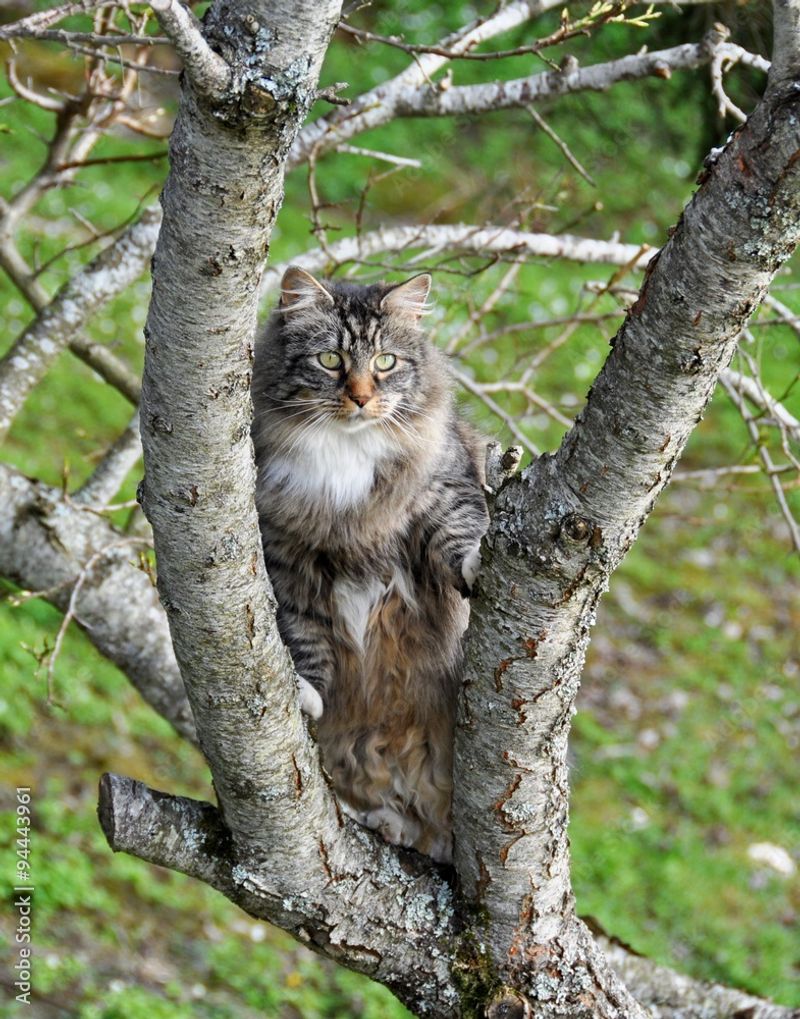
The great outdoors is nature’s gymnasium for the outdoor cat. Climbing trees, sprinting across fields, and leaping fences keep them fit and toned, with every day bringing new physical challenges.
For indoor cats, exercise requires a bit more creativity, with playful owners stepping in to simulate the thrill of the wild.
Feather wands, laser pointers, and obstacle courses provide the physical stimulation necessary to keep them agile and healthy, even within four walls.
8. Life Expectancy
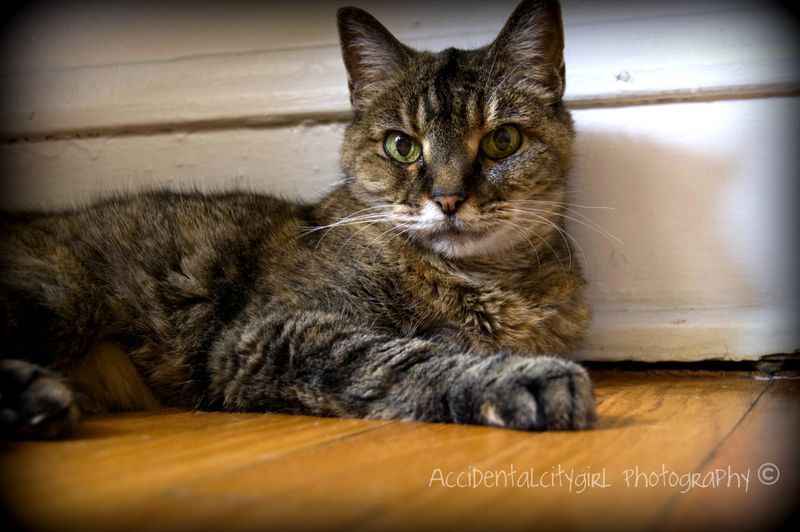
Life in the fast lane can be exhilarating for outdoor cats, but it’s not without its costs. The risks they face often translate into a shorter lifespan compared to their indoor peers.
Indoor cats, shielded from the hazards of the outside world, often enjoy a longer, more comfortable life.
Their existence is one of leisure, punctuated by naps and the occasional playful romp, contributing to a longevity that is the envy of their outdoor counterparts.
9. Environmental Impact
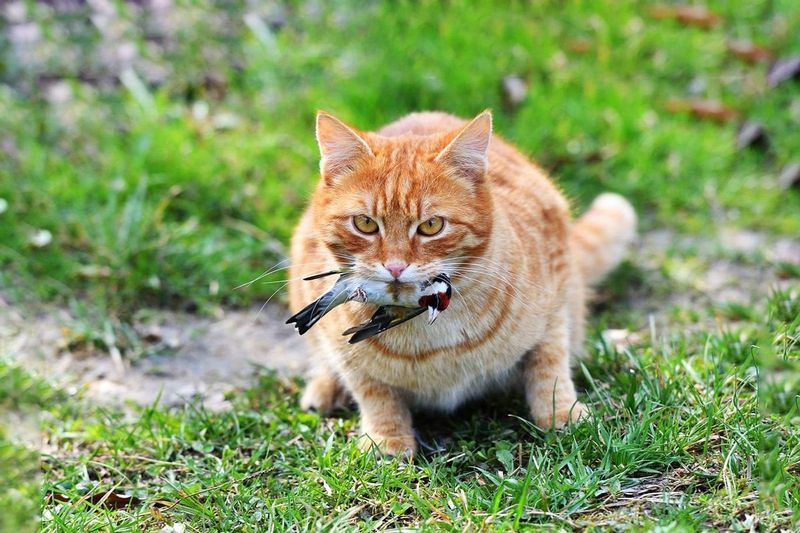
Outdoor cats can have a significant impact on local wildlife, as their hunting instincts often result in unintended consequences.
Birds, small mammals, and reptiles may become targets, affecting biodiversity in the area.
Indoor cats, safely ensconced within their homes, pose no threat to local ecosystems.
Their entertainment comes from toys and human interaction, leaving the outside world undisturbed. This makes them a more environmentally friendly option for conscientious pet owners.
10. Adaptability
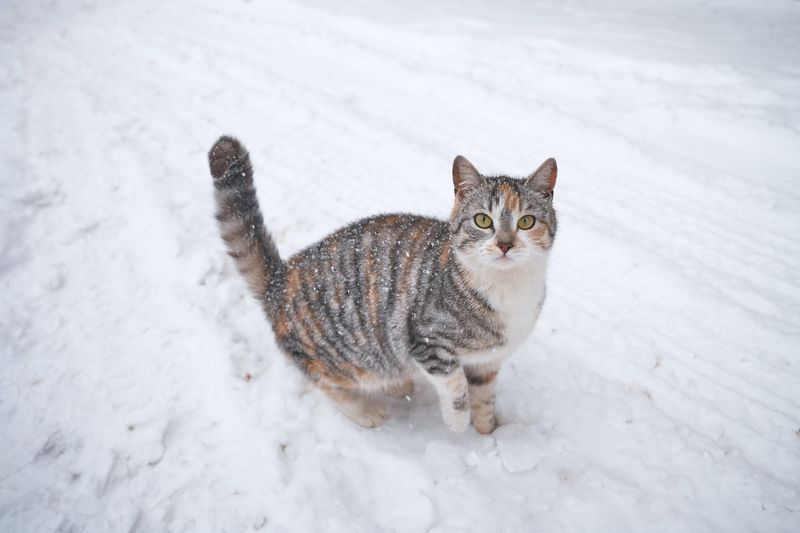
Outdoor cats develop an impressive resilience, adapting to changing weather conditions and environments with ease.
Rain or shine, they navigate their world with the resourcefulness of a seasoned traveler.
Indoor cats, while not exposed to the elements, exhibit adaptability in their own way.
They adjust to new routines, visitors, and household changes with a grace that makes them ideal companions for dynamic households.
11. Grooming Habits

Outdoor cats may not always look picture-perfect, as their adventures often lead to a more rugged appearance. Dusty paws and windswept fur are badges of honor in their world.
Indoor cats, on the other hand, often maintain a pristine appearance. Their grooming routines are a ritual, resulting in glossy coats and immaculate paws.
Whether it’s a self-care session or a pampering from their human, indoor cats flaunt their glossy allure with pride.
12. Human Interaction
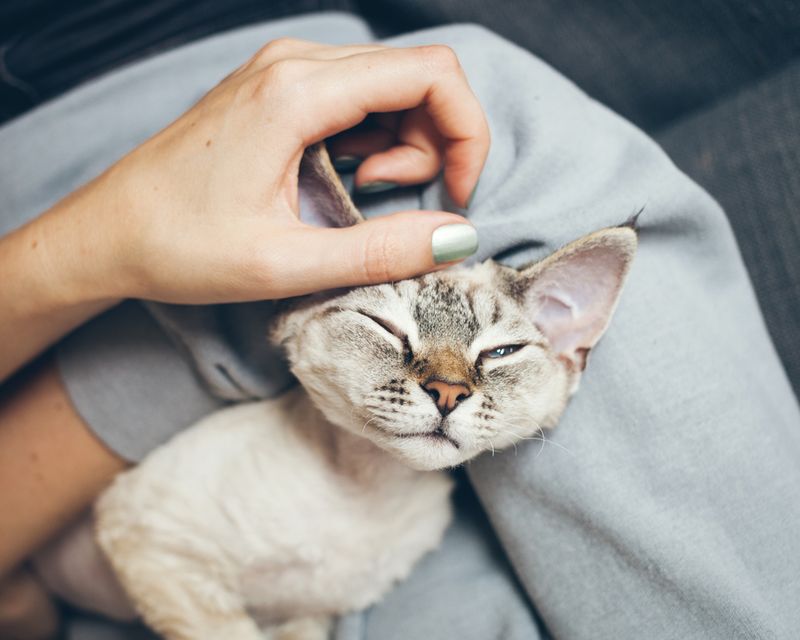
For indoor cats, human interaction is the cornerstone of their existence. Cuddles, playtime, and lap naps form the basis of their daily routine, creating a deep bond with their owners.
Outdoor cats, although independent, appreciate human companionship in their own way.
They may return home for a meal or a gentle scratch behind the ears, balancing their adventurous spirit with a touch of domesticity.
13. Territorial Behavior
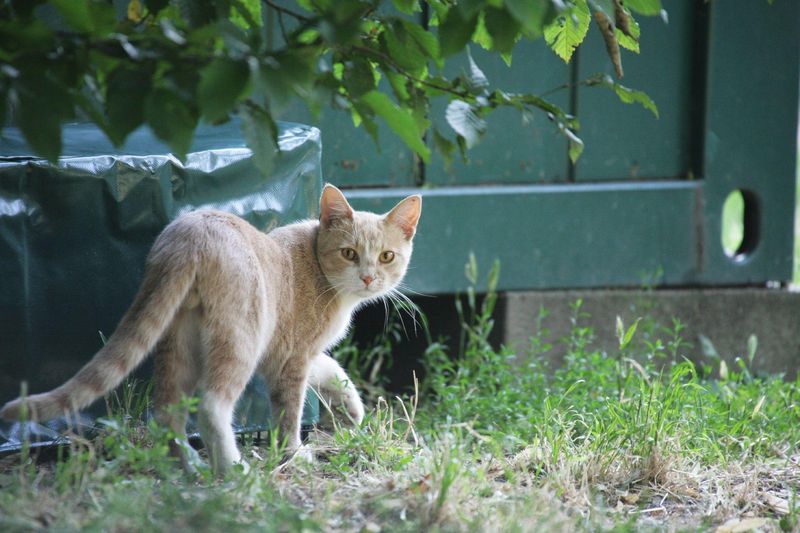
Territory is of utmost importance to outdoor cats. They patrol their domain with the diligence of a sentry, marking it with scent and asserting their presence to others.
Indoor cats, in contrast, consider their home as their personal kingdom.
They may rub against furniture and explore every nook, ensuring their scent is imprinted on all their favorite spots, without the pressure of defending against rivals.
14. Mental Stimulation
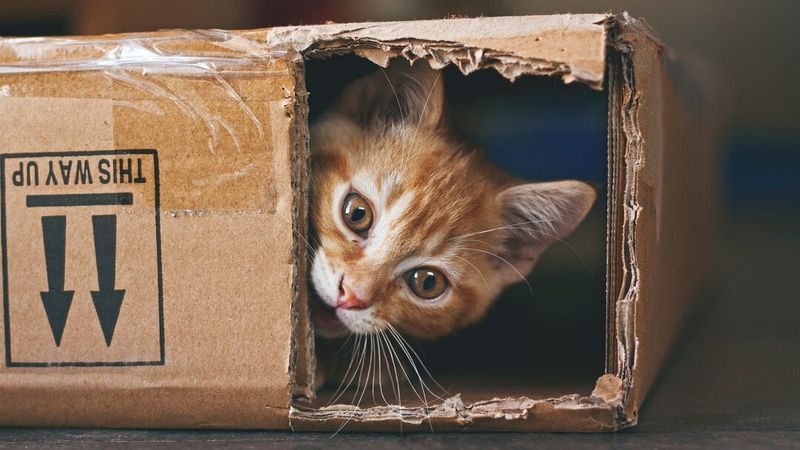
Outdoor cats experience a world full of mental stimulation, from strategizing their next move to evading potential dangers. Every day offers new puzzles to solve.
Indoor cats rely on their owners to provide mental enrichment.
Interactive toys, puzzle feeders, and engaging games keep their minds sharp, ensuring they never suffer from boredom despite their more confined environment.
15. Weather Influence
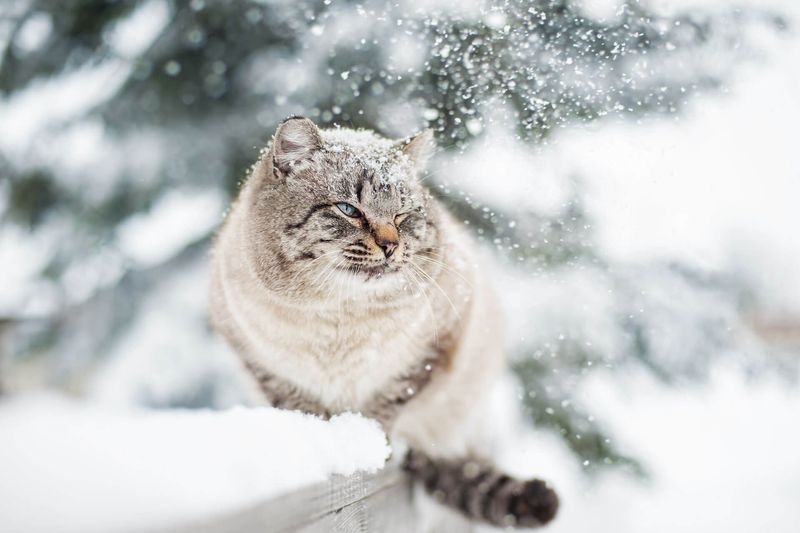
Exposure to the elements is a defining feature of an outdoor cat’s life.
They experience the world in all its weathered glory, from rain-soaked adventures to sun-drenched naps.
Indoor cats enjoy a climate-controlled existence, with cozy warmth in the winter and cool comfort in the summer.
Weather doesn’t dictate their activities, allowing them to pursue play and relaxation at their leisure.
16. Sleep Patterns
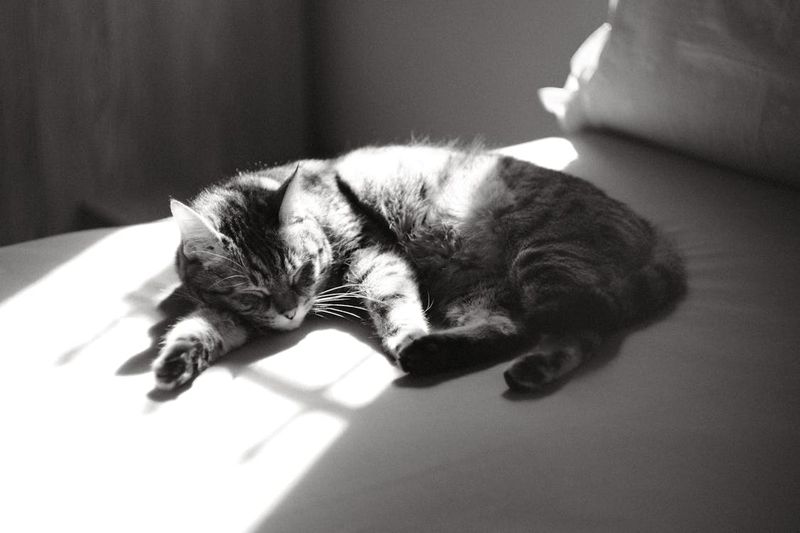
Outdoor cats often adapt their sleep patterns to their environment, catching naps in secluded spots and staying alert to their surroundings. Their rest is as opportunistic as their lifestyle.
Indoor cats revel in the luxury of uninterrupted slumber. With no threats to disturb their peace, they can indulge in long, luxurious naps, often seeking out sunbeams for added comfort.
Their dreams are likely just as adventurous as their outdoor counterparts, albeit safer.
17. Coat Condition
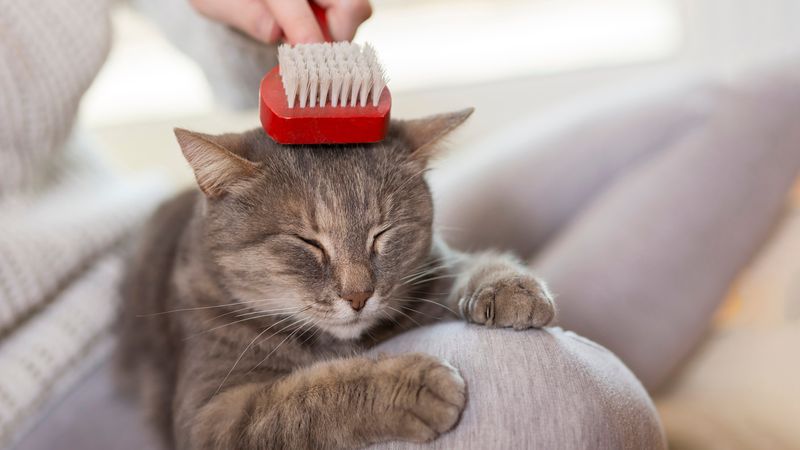
An outdoor cat’s coat tells the tale of its journeys, with each tangle and speck of dirt a testament to its adventures.
Exposure to the elements often results in a coarser texture.
Indoor cats boast silky, well-maintained coats, a byproduct of regular grooming and a pampered lifestyle.
Their fur is a testament to the care they receive, soft and luxurious to the touch, reflecting the comfort and security of their indoor world.

